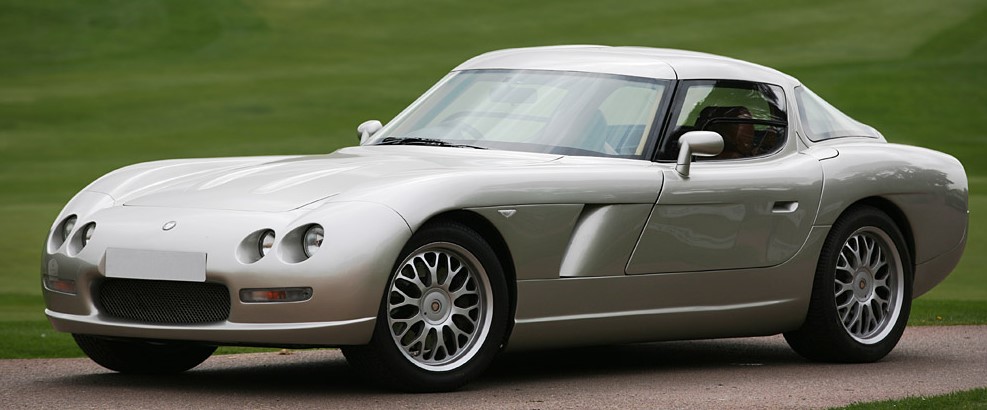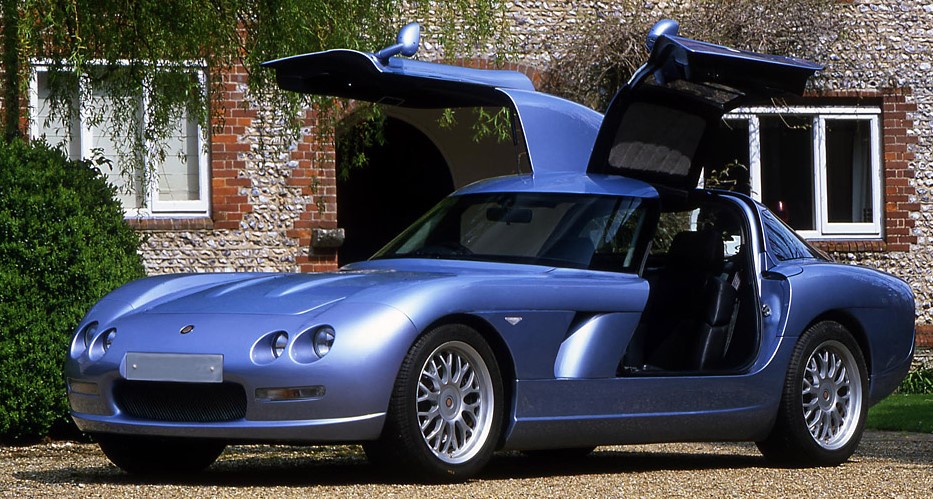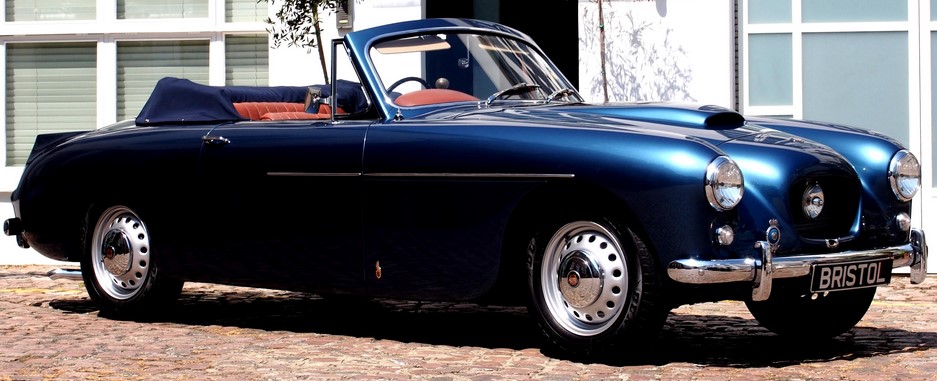It is not often that I disagree with Longtime Friend and Bandmate Knob, but I did so quite recently.
From his penthouse in Monaco, he sent me this pic of the new Maserati MC20, with the comment: “Beautiful”, and on that point I agree, sort of:
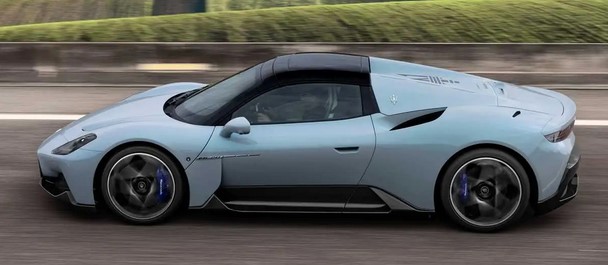
…I mean, other than that it looks like pretty much every supercar made since 2005. And as Knob pointed out, the entire 2022 run has sold out already.
Which of course left me to ponder the following: instead of playing against Ferrari et al. in the supercar market, why shouldn’t Maserati play in a less-crowded, but numerically much larger pool of motorists?
I speak here of the small roadster segment, dominated as it is by Mazda’s Miata:
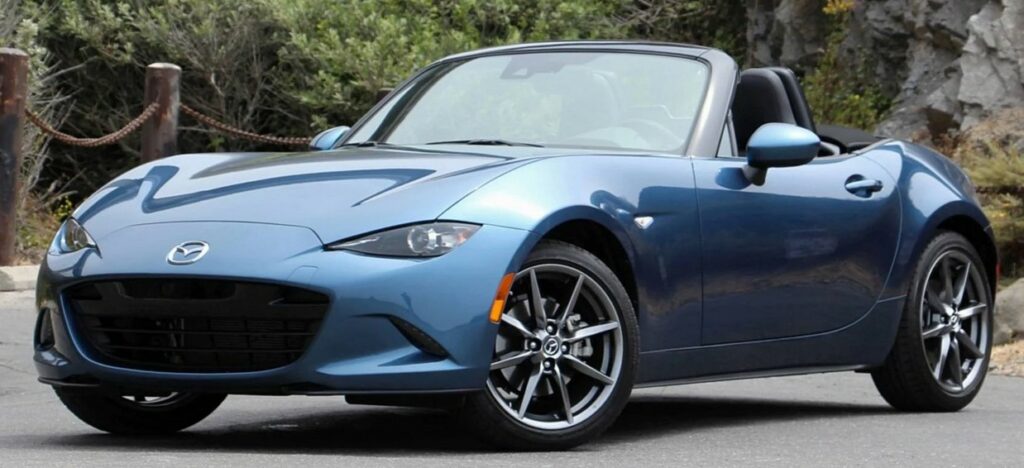
But at $35,000 most wealthy folks would (and do) turn up their surgically-corrected noses at this, as a “commoner’s car”.
Maserati has played in this market segment before, with its (lamentably) discontinued GT MC model ($160,000) — discontinued in favor of the new MC20, it should be said.
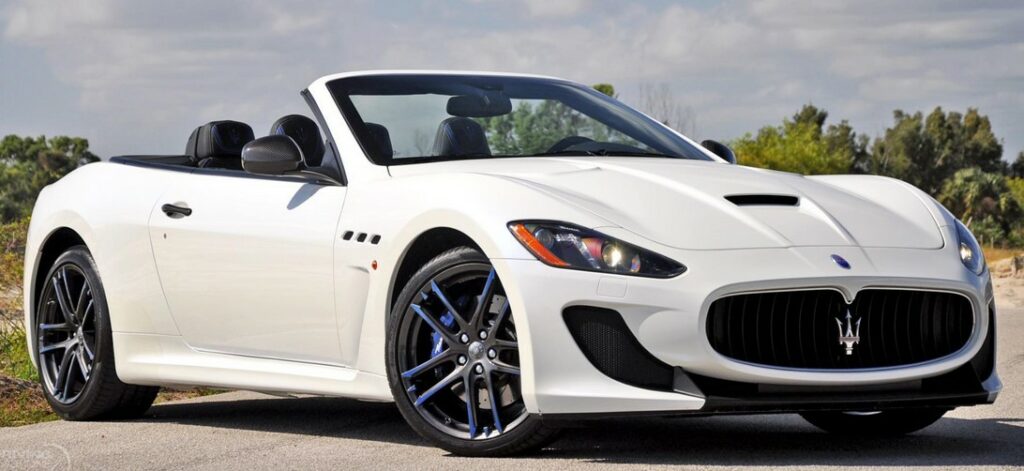
But to me, this simply creates an opportunity for them. Why not use one of their older cars as a model, and re-create it with modern engineering and production? And if so, which one?
Loyal Readers will know exactly where I’m going with this argument, as I’m going to suggest the exquisite, but never-produced, Maserati GT150 Spider:
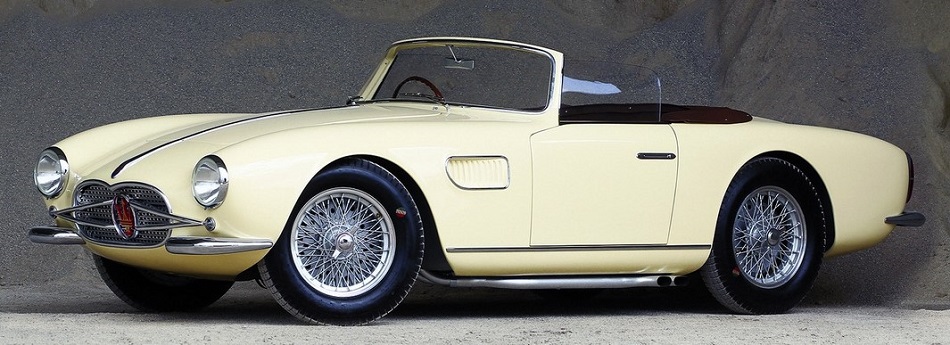
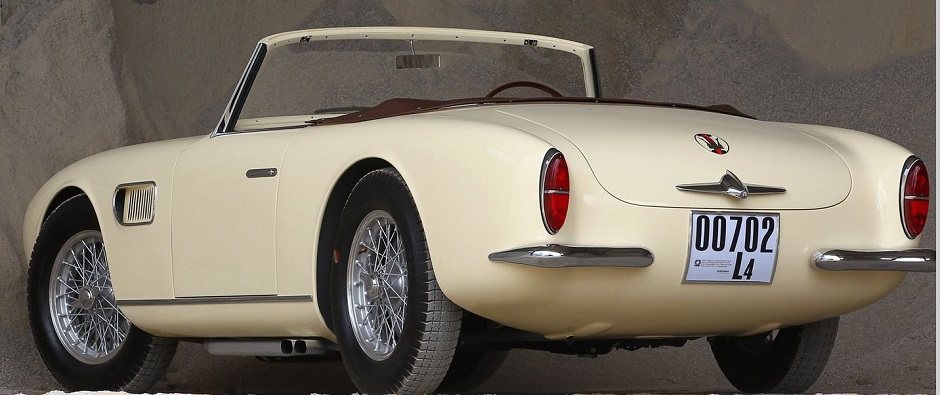
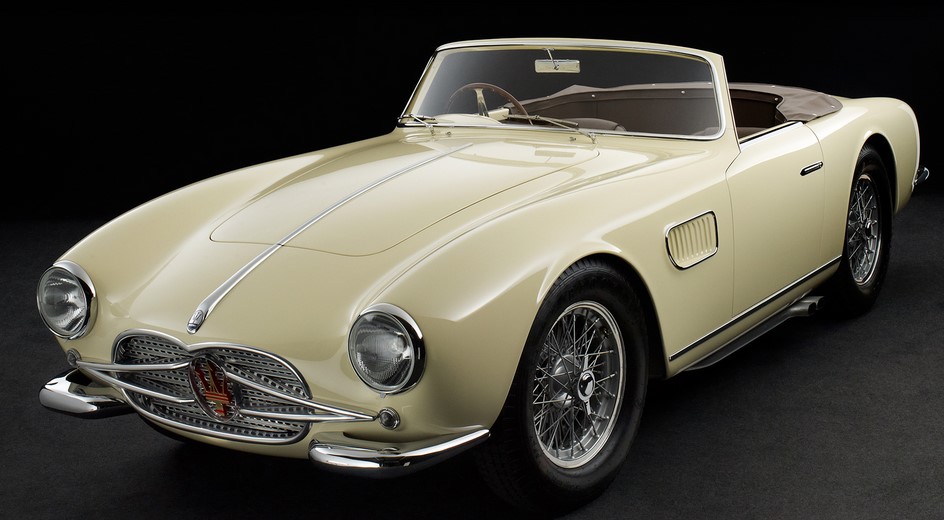

I say “never produced”, but they did make ONE (the one pictured above), and it recently sold for $3 million to some Austrian guy. (Story here.)
I think that the Fantucci-designed 150GT is the most beautiful roadster ever made (with all due respect to the Ferrari 275 GTS/4, as suggested by Reader Paul G), and if Mazza were to re-release it with a 2.0- or 2.5-liter engine as the 200/250GT, at a price of (say) $150,000, they wouldn’t be able to keep up with the demand, as long as they stayed as close as possible to its original appearance.
I’m tilting at windmills, of course, and no doubt people will say it’s impossible, I’m an idiot for even suggesting it, and so on. It wouldn’t be the first time.
But it would be glorious.
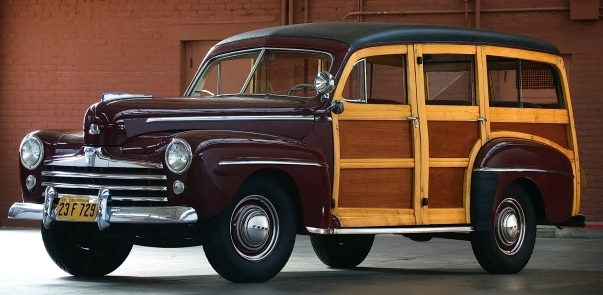
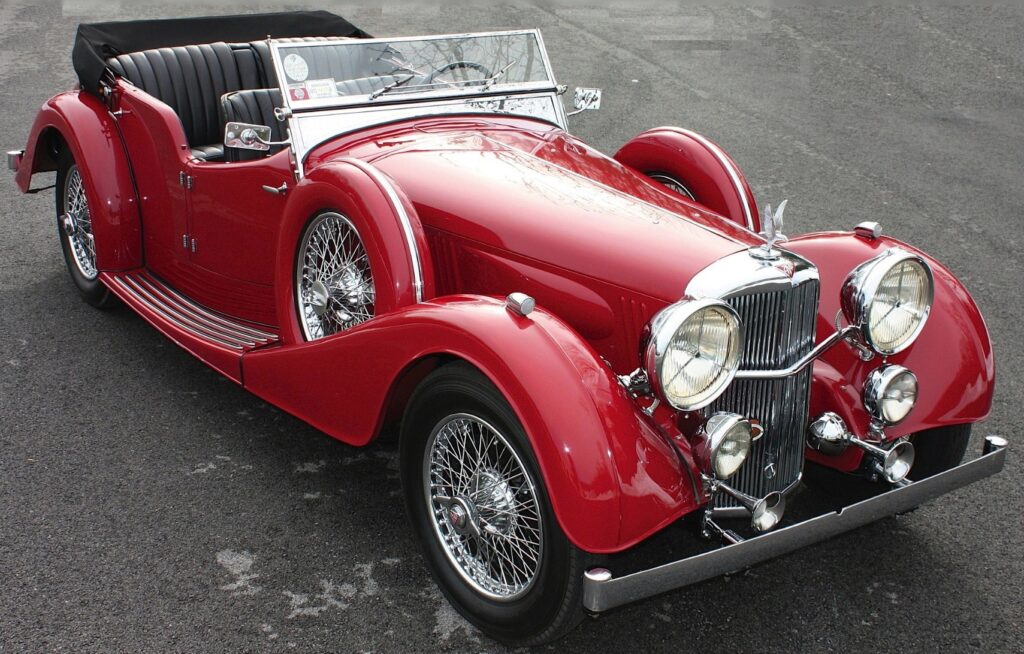
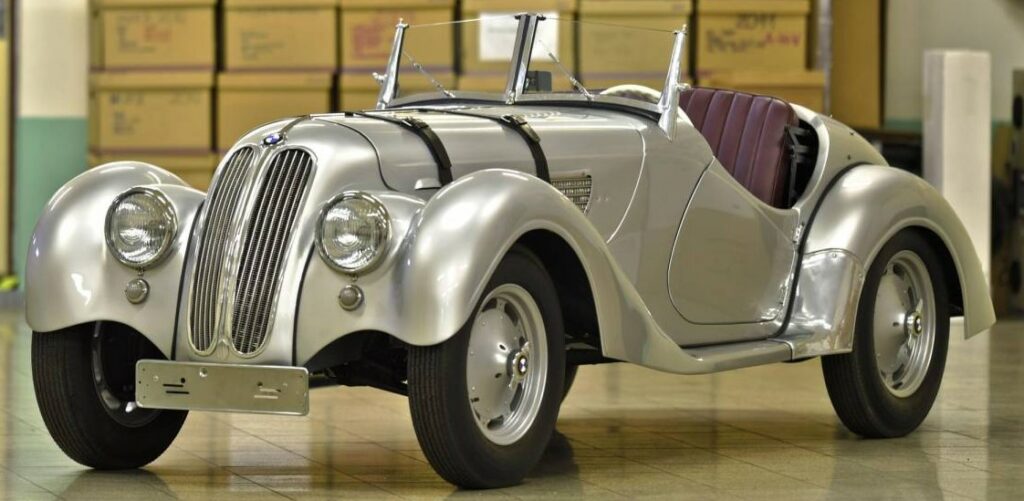
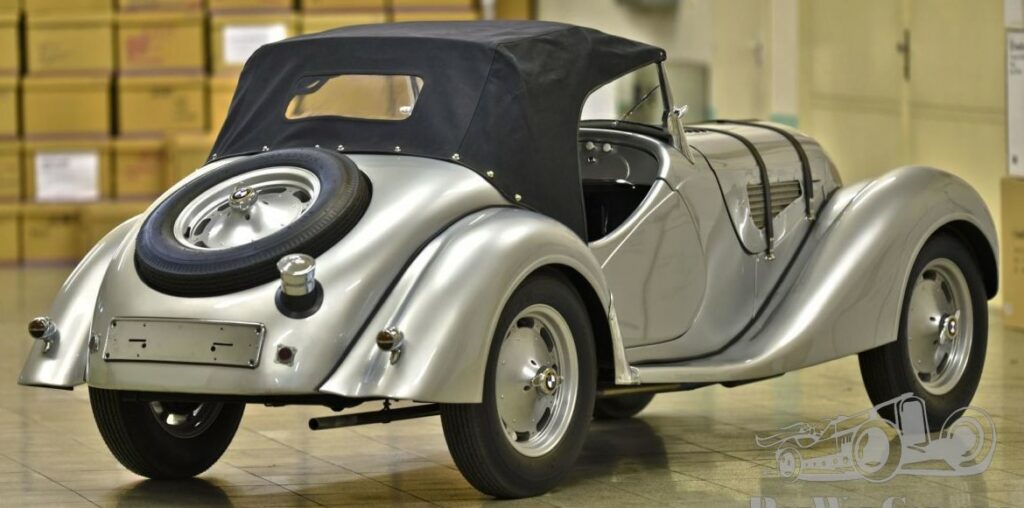
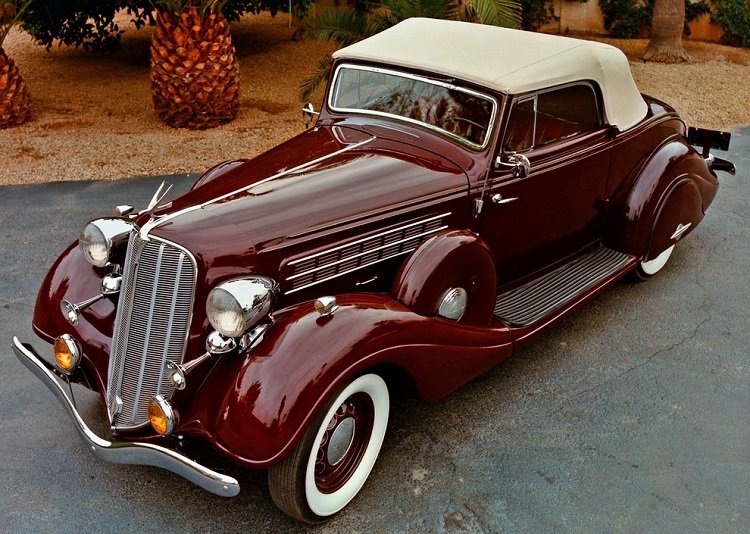
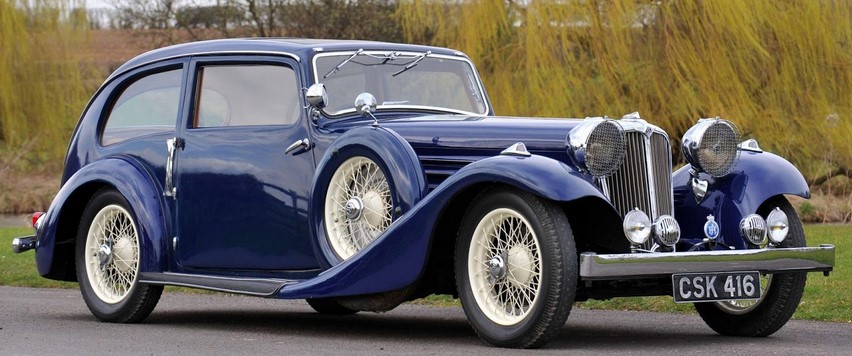

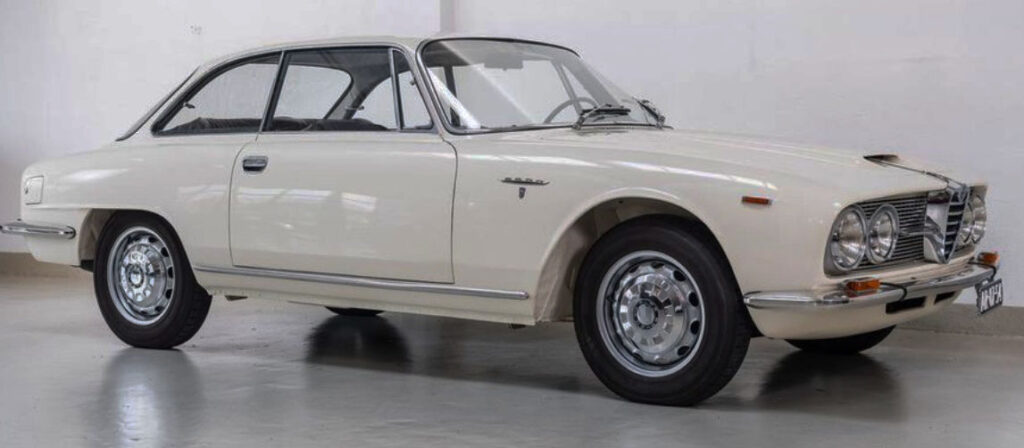








 After WWII, however, the market for such aircraft understandably disappeared, whereupon Bristol set out to make beautiful, powerful touring cars, a longtime favorite of people who wanted a bespoke car not made for the mass market. (Story later.)
After WWII, however, the market for such aircraft understandably disappeared, whereupon Bristol set out to make beautiful, powerful touring cars, a longtime favorite of people who wanted a bespoke car not made for the mass market. (Story later.)